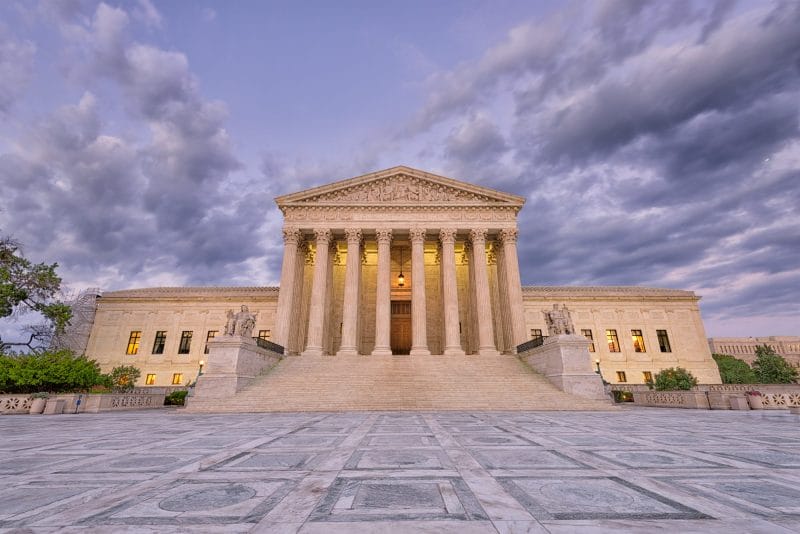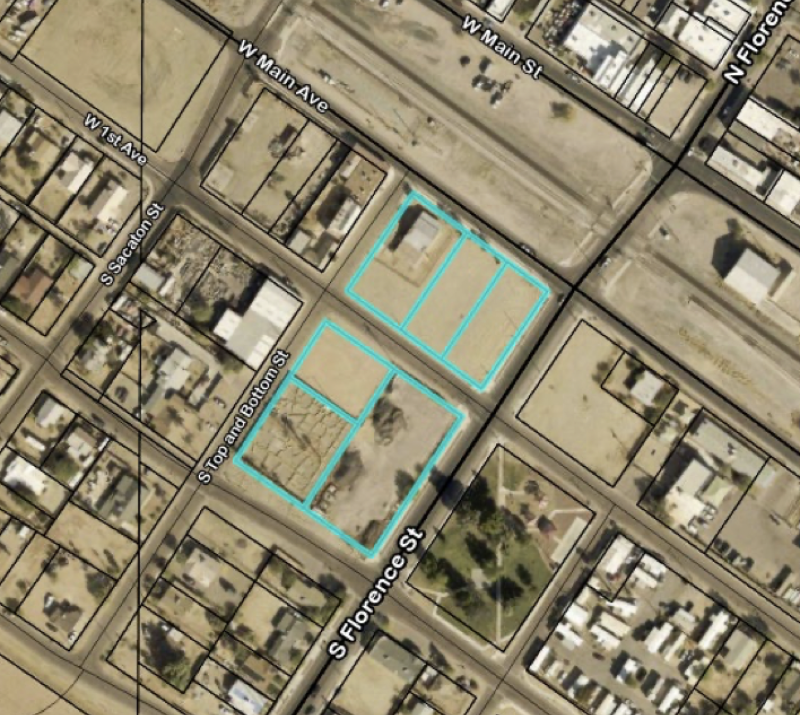
By Terrance Thornton | Scottsdale Independent
As the opioid epidemic tightens its grip on the nation’s beleaguered, an unintended consequence of the road to recovery is hitting a little too close to home for some.
Over the last decade the undertones of American drug addiction — the friend who pops the occasional pill or the buddy who has one too many at the bar — have matured into a phenomena that doesn’t discriminate against any socioeconomic background.
What was once believed to be the strife of the inner-city is now a fact of life for both the down-trodden and the affluent. Meanwhile, the effort to gain sobriety has become, at times, a segmented and transitional enterprise.
The burgeoning substance abuse recovery market has created a niche business model: the sober-living facility.
The drug crisis described in this article is truly that – a crisis. As a result, we should expect that many group and sober living homes will open to meet the demand for residential-setting treatment centers. And such centers enjoy federal protections.
Municipalities would be wise to devote substantial resources to how they can and cannot zone and regulate these centers instead of engaging in measures that are likely unenforceable and will result in pricey lawsuits.
One such measure a city or town could take that would likely meet constitutional muster are laws that limit the number of people that may reside in a residence by square footage. Communities may also explore amendments to their CC&Rs that would limit the size or scope of these operations.
Hopefully, as public pressure grows, municipalities will invest more resources into crafting and adopting a fair solution for all.







